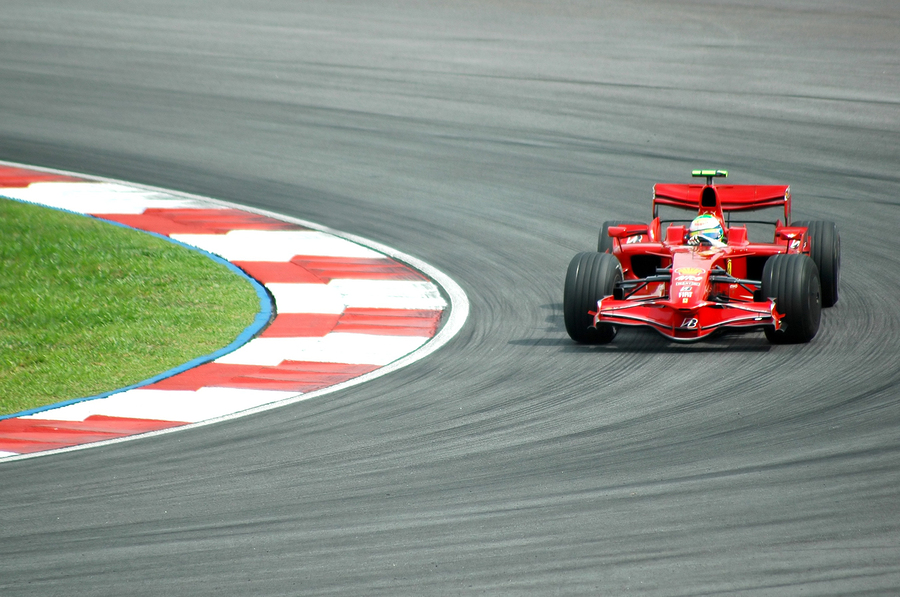For decades, the Formula 1 has played a real role as a testing laboratory. Whether technological innovations are borrowed from the aerospace field or developed for this discipline, they are only responding to a need for performance expressed by the builders to climb on the first step of the podium after each Grand Prix.
Because each innovation earns a few thousandths of a second over its competitor, the builders work harder than ever in concert with their suppliers to obtain equipment that is ever stronger, higher performing, smaller or even safer:
- Engine: although denigrated at the time it was introduced to the track in 2014, the V6 turbo hybrid engine delivers incredible power, which is expected to reach 1,000 horsepower by the end of 2020 by Mercedes.
- Chassis: following Watson’s accident at the Italy Grand Prix when he came out unscathed from his carbon fibre monocoque, detractors of this material have finally abandoned aluminum in favour of this composite material that offers a safe innovation in size, due to the stresses and loads distributed on the axis of the filaments.
- Transmission: thanks to the semi-automatic transmission, the pilots can use the seven forward gears of the gearbox while keeping their hands on the steering wheel.
- Fluids: the tank cannot exceed 105 kg, and manufacturers and oil companies collaborate to offer the best amount of energy per kilo. For four years Petronas has developed no less than 200 fuels for Mercedes. In addition, improving the performance of coolants and oils has reduced the size of the radiators and obtained aerodynamic gains.
- Brakes: Formula 1 cars spend almost 25% of the time slowing down, so innovations – as well as regulations – on brakes are continuous: greater efficiency and reliability thanks to carbon brakes (inspired by aerospace); energy recovery through an electronic braking system on the rear axle (mandatory since 2014); possibility of modifying braking distribution (front, rear) from the cockpit through an electronic system; increased speed thanks to authorization, since 2017, of increasing the thickness of the disc (from 28 mm to 32 mm).
- Tires: more rigid, wider and larger than road tires, the Formula 1 tires also have a much shorter life and must respond to all types of surface. The official supplier of tires for the Grand Prix since 2011, Pirelli has increased its offer ranging from a hyper soft tire (pink) to the rain tire (blue) and the hard tire (ice blue). The new tire supplier, for which the call for tenders was launched in 2018 for the 2020-2023 season, will have to take account of a new regulatory constraint, the narrowing of the tire to eliminate the heating envelopes.
Will all these innovations and technological advances be challenged, as some fear, with the desire of Liberty Media – the new owner of Formula 1 – to enhance the show side of the sport more?
Latest articles by Amélie Van De Wynckele
